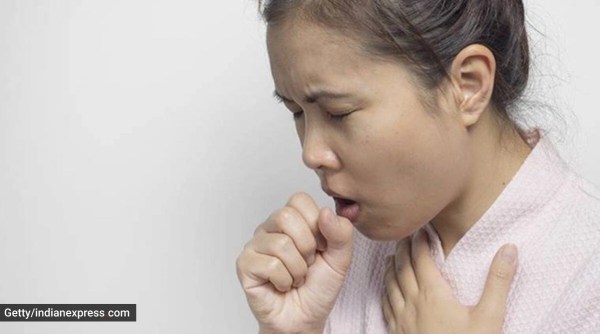‘Suspected cases’ of ‘Teflon flu’ rise in the US: Find out if you are at risk, too
For the first time since 2000, Poison Centers in the United States have received more than 3,600 reports of suspected cases of “polymer fume fever,” also called Teflon flu, an illness linked to a chemical coating found on non-stick pans. According to a report in The Washington Post, “the condition has been colloquially referred to as ‘Teflon flu,’ after the trade name of a popular nonstick coating. But the health questions are not specific to any particular manufacturer”.
USA’s Poison Centers is a nonprofit organisation that oversees 55 US poison centers, the report added.

Let’s understand more about this illness from experts.
Teflon flu, or polymer fume fever, is a temporary illness caused by inhaling fumes released from “overheating non-stick cookware coated with polytetrafluoroethylene (PTFE)”. “Overheating these pans to temperatures exceeding 500°F (260°C) can release toxic fumes as the coating degrades,” said Edwina Raj, head of services, clinical nutrition and dietetics, Aster CMI Hospital, Bangalore.
Dr Haricharan, senior consultant physician, diabetologist, and lipidologist, HOD department of internal medicine, Gleneagles Hospitals, Lakdi ka Pul, Hyderabad added that caution should be exercised when washing hot Teflon pans with soapy water, sponges or dishcloths as these could also lead to inhaling the fumes.
Headache, chills, fever, nausea, chest tightness, cough, and sore throat are some common symptoms that usually show within hours of exposure, described Edwina.
According to Edwina, while symptoms often subside within a few days, the long-term health implications of repeated exposure to these fumes are concerning. “Studies have linked these chemicals to conditions like thyroid abnormalities, certain cancers, and infertility,” said Edwina.
 Are you inhaling the fumes? (representative) (Source: Getty Images/Thinkstock)
Are you inhaling the fumes? (representative) (Source: Getty Images/Thinkstock)
Teflon flu is primarily treated by managing its symptoms. “The condition is typically caused by exposure to fumes, so removing oneself from the contaminated environment is crucial,” stressed Edwina.
What can help
*Moving to a well-ventilated area for fresh air is crucial to reduce exposure to the fumes.
*Over-the-counter medications can help manage symptoms like fever and headache. “Oral hydration, rest, anti-pyretics, and anti-inflammatory medications,” said Dr Haricharan.
*Drinking plenty of fluids helps flush out toxins.
*Avoid overheating non-stick cookware and consider alternatives like stainless steel or cast iron for high-temperature cooking. The expert underlined that non-stick pans made with PTFE should be used as instructed on a low-medium flame.
If symptoms persist, seek medical attention promptly, urged Edwina.
📣 For more lifestyle news, click here to join our WhatsApp Channel and also follow us on Instagram
Disclaimer: The copyright of this article belongs to the original author. Reposting this article is solely for the purpose of information dissemination and does not constitute any investment advice. If there is any infringement, please contact us immediately. We will make corrections or deletions as necessary. Thank you.
